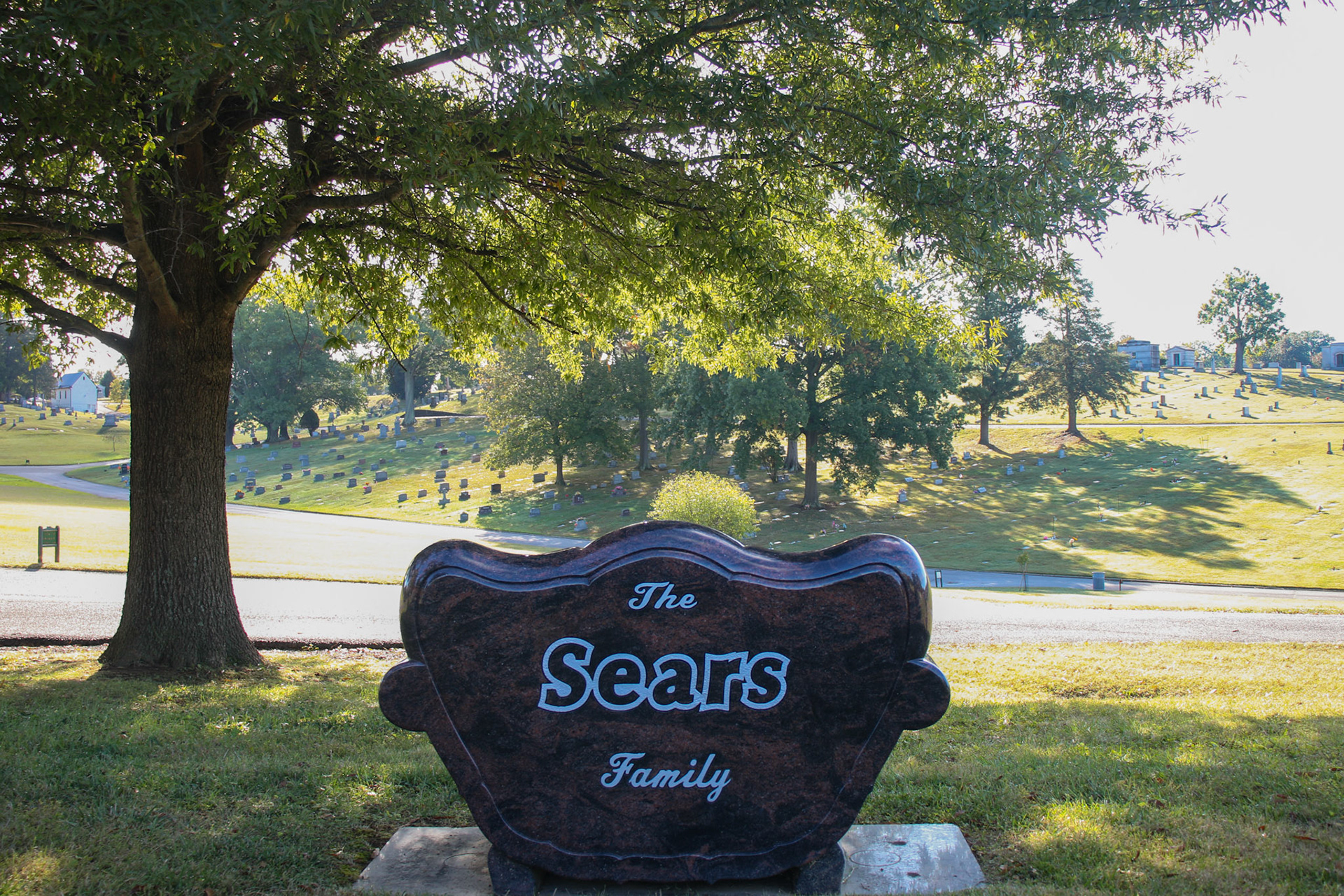
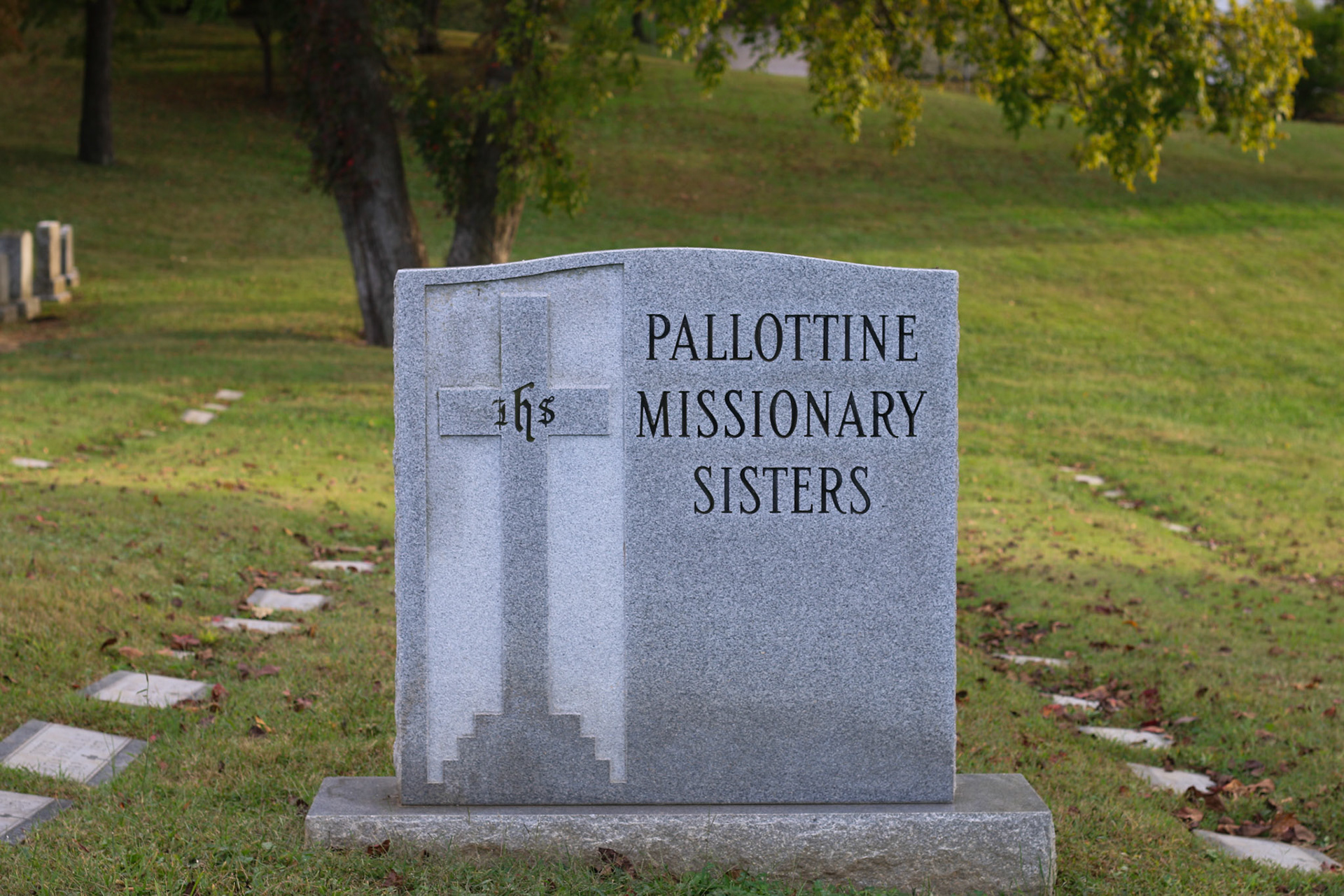


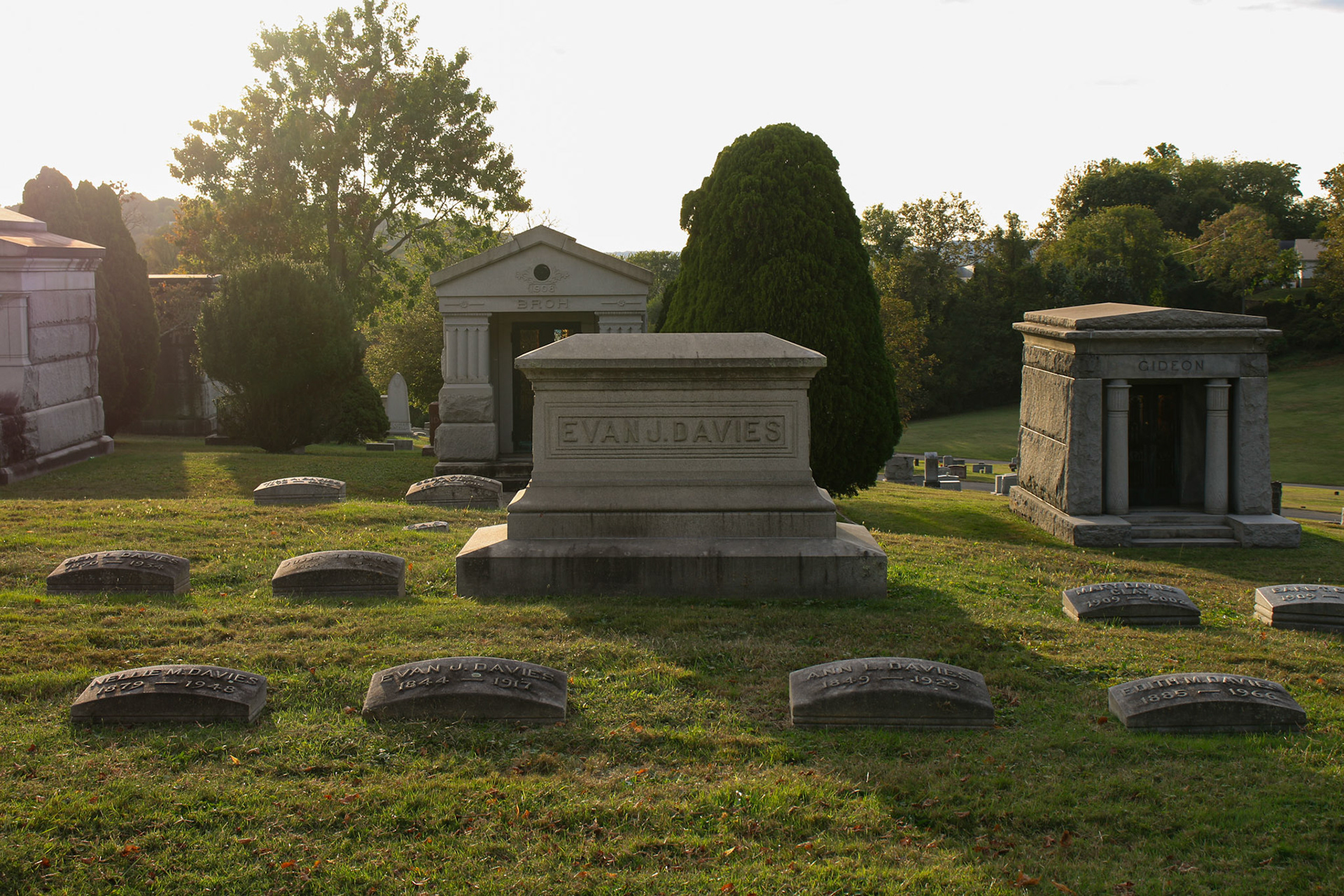
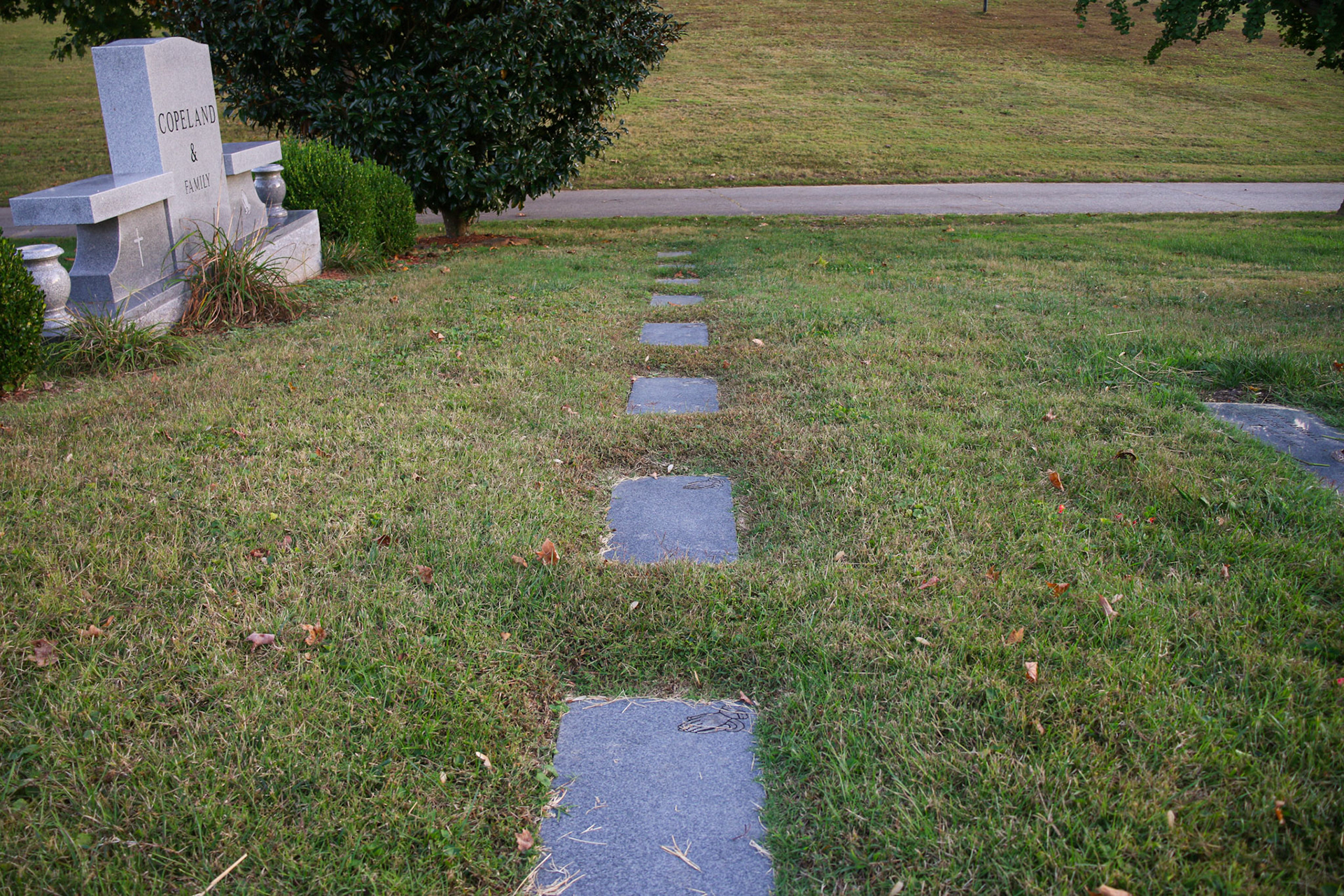
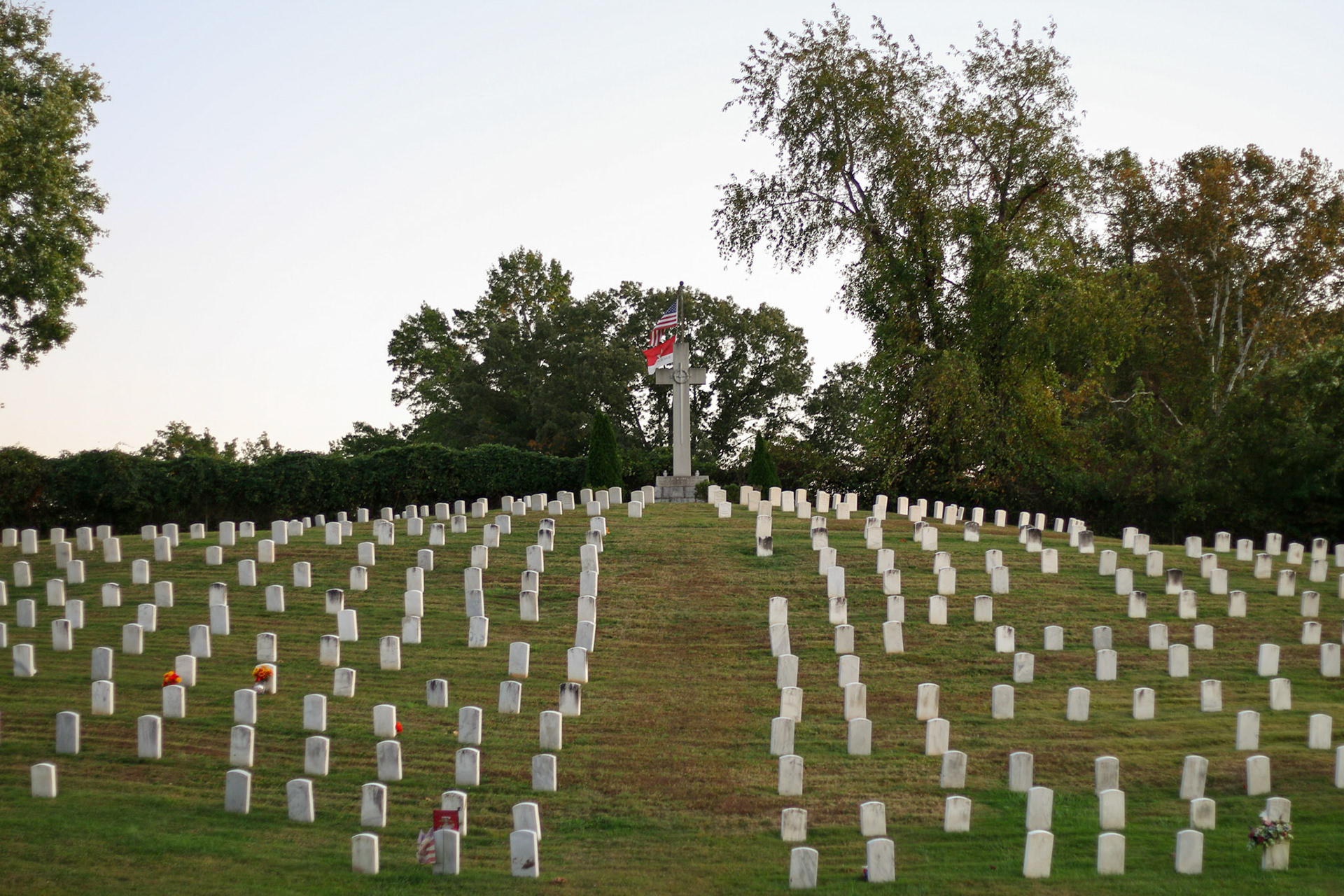
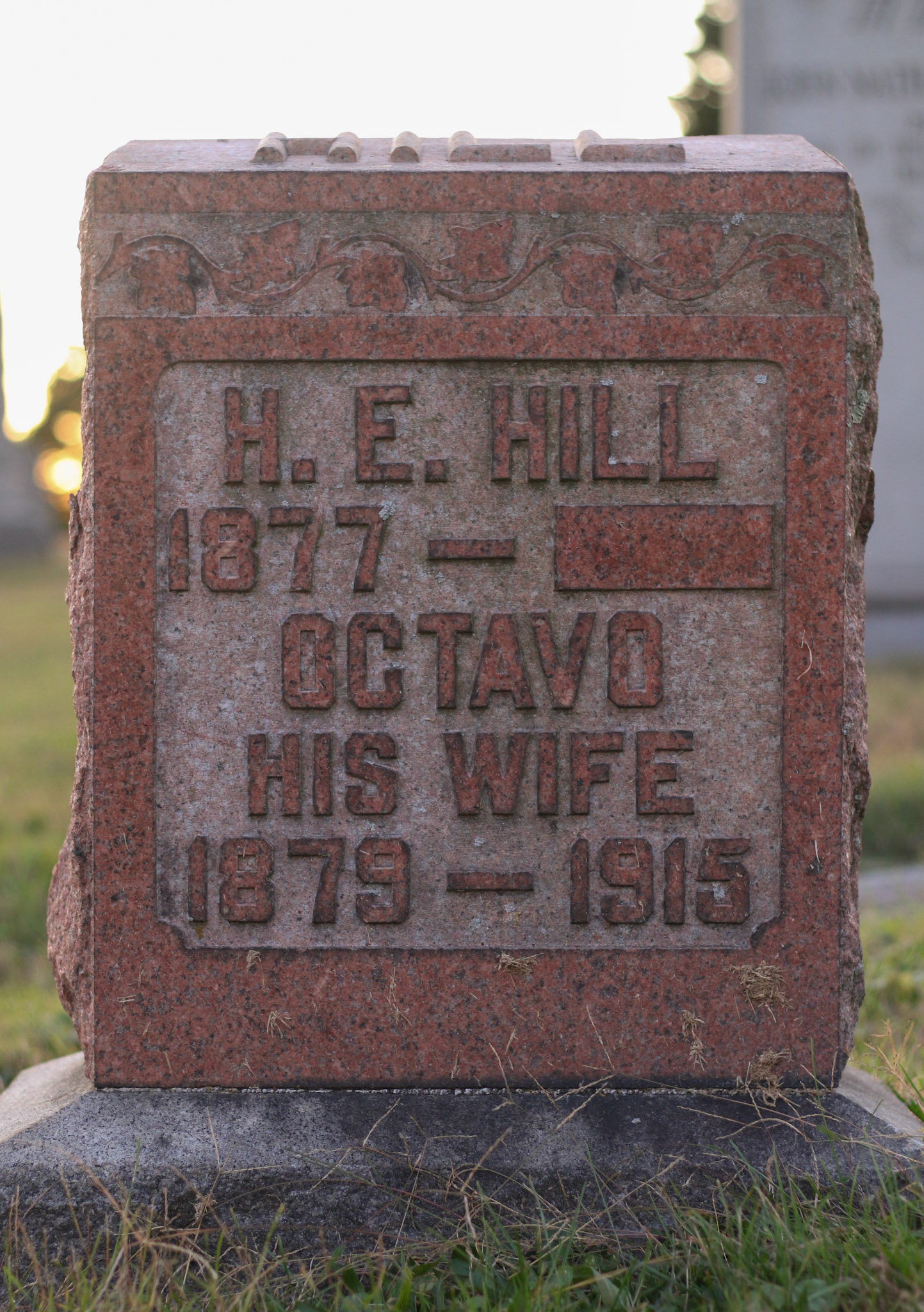
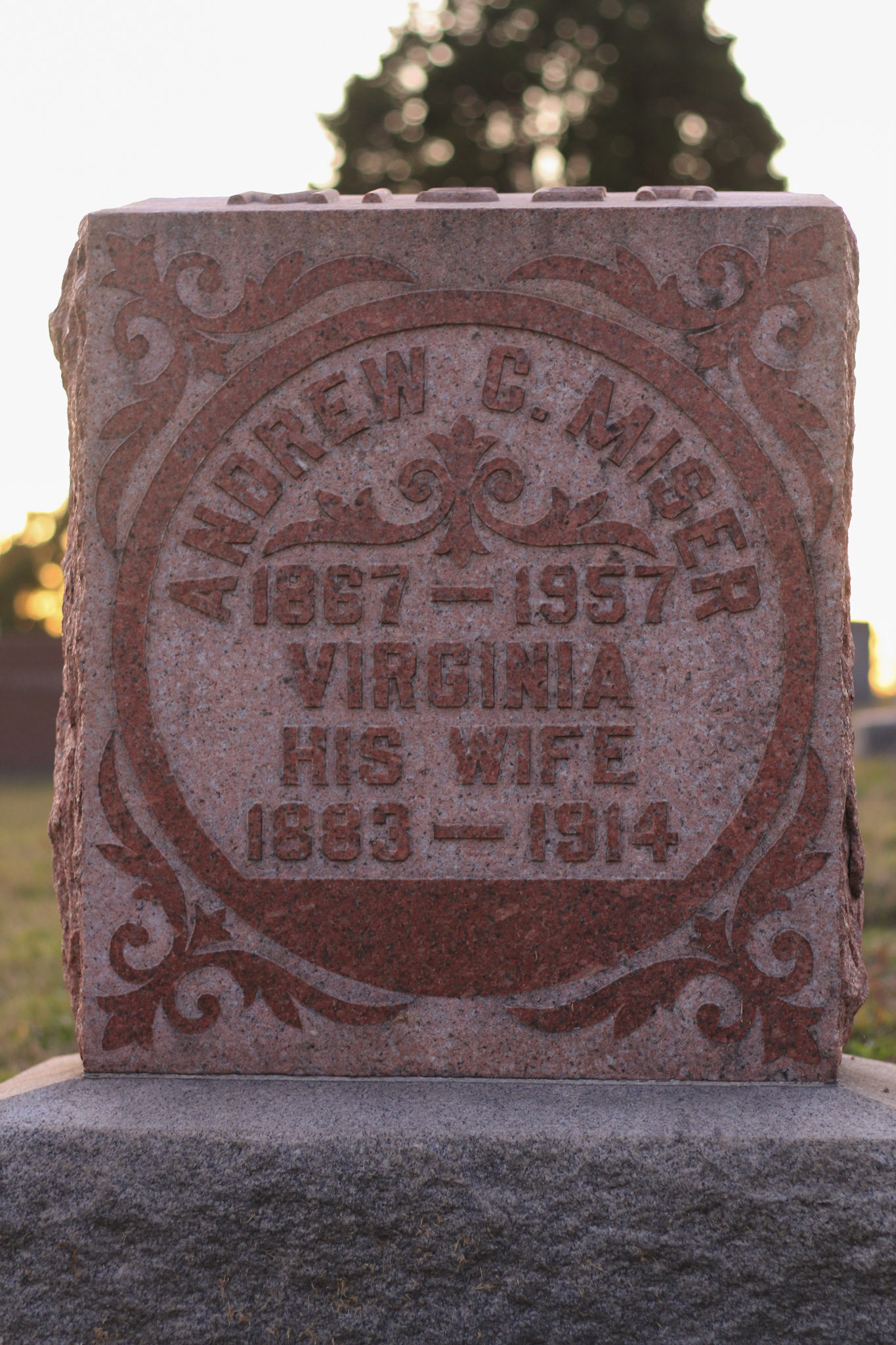
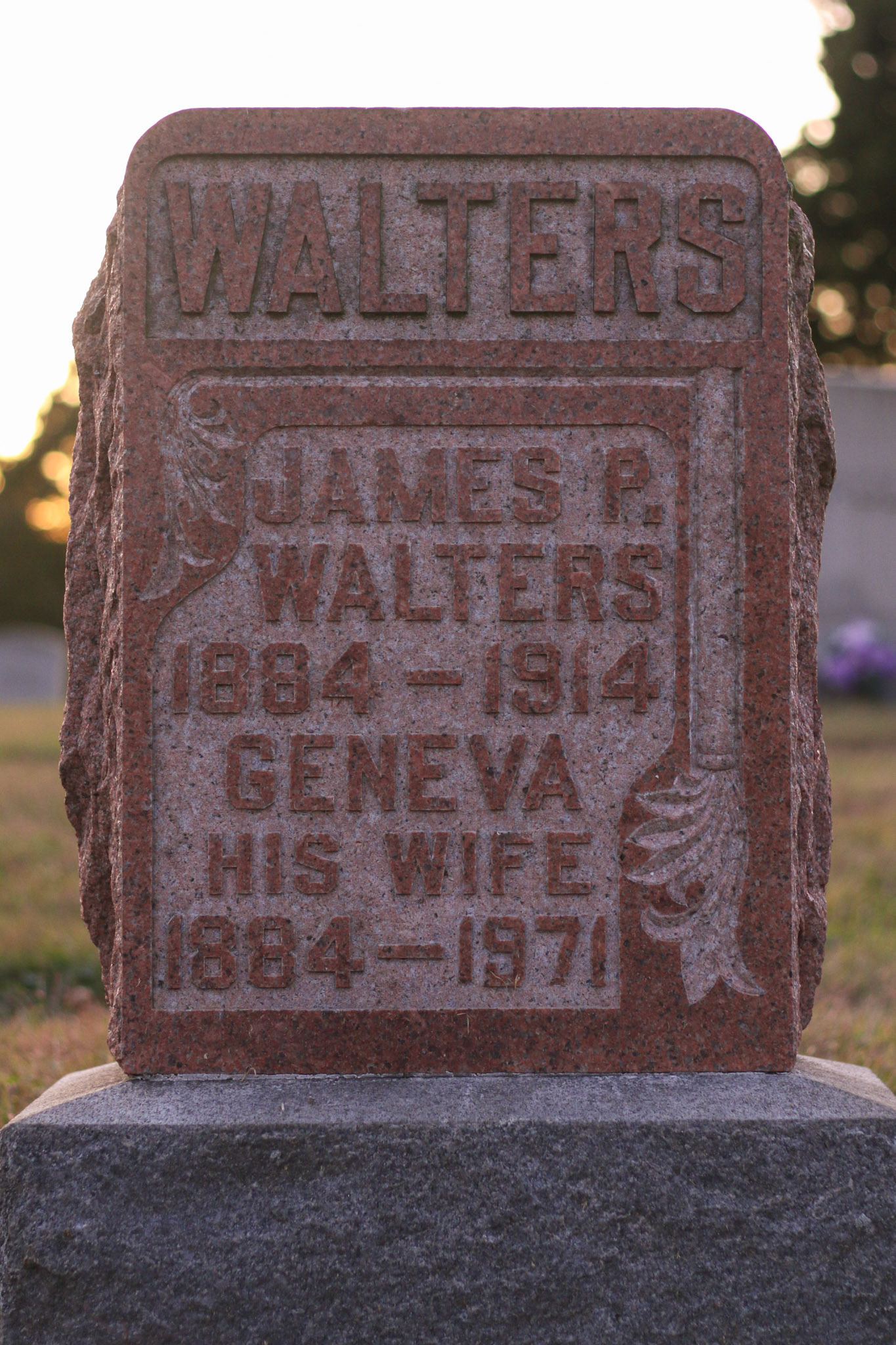
When we die, unless we have a very specific will, we have very little control of how you are remembered. Your identity is decided by loved ones, obligations had in life, and funeral companies. This project is meant to highlight that, showing graves that are lumped into groups. This reduces the identities of these individuals down to where they died or the job/role they had in their professional lives. In some cases these individuals are reduced to just their religion, to being somebody’s spouse, to the family they belonged to, or to one single person in that family. Yet alongside family plots are several blank graves, condemning individuals to exclusively being remembered alongside family with no concern of the relationships held within the family. We don’t know how these people felt about the families they are lumped in with. We don’t know if people were abused and being forced to share a grave plot next to the abuser. We don’t know anything about the missionary sisters lives outside that role; we only know that they were a part of the Pallottine Mission. We don’t know how the dead soldiers felt about war or their comrades. We don’t know how they felt about being remembered. Yet they become one of a hundred tiny white headstones listing religion if Christian, name, rank, and birthday. Little to no individuality, just one of many soldiers whose death happened to come while they were deployed. This was also during the time of the draft, we don’t know if they were even committed to the military. These groupings are vague and nondescript, a passing mark of identity assigned by somebody else.